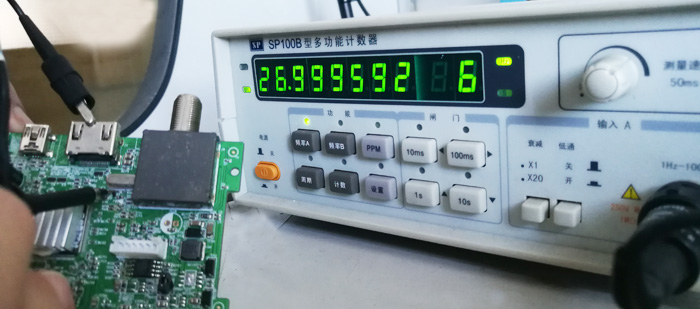
晶振的老化Aging指的是什么?
晶振老化率(英文Aging)
晶振老化率英文解释:
The series resonance frequency of a crystal will change slowly over time. This is known as aging. Generally a frequency change of a few parts per million occurs over a period of years. The majority of the change usually occurs over the first year or two. Aging is often attributed to a crystal mass change versus time. The aging rate accelerates at higher temperatures and at higher oscillation amplitudes.
晶振的串联谐振频率会随着时间慢慢变化,这就是所说的衰老。一般来说,一个百万分之几(ppm)的频率变化发生在一段时间内。老化通常归因于晶体质量随时间的变化。如果晶振处于长时间较高温度及较高振荡幅度的工作状态,其老化速率就会加快。
晶振年老化率ppm如何计算?
晶振的年老化率是指晶振在以年为时间单位的老化程度,用PPM表示(百万分之一),比如晶振标称年老化率在±5ppm,指的就是一年内晶振频率的偏移在±5ppm以内。比如:晶诺威科技生产的石英晶体谐振器与石英晶体振荡器的年老化率可以控制在最大±3ppm/年,而随后每年老化率为±1ppm。
基于晶振的工作环境的差异,晶振的老化频率偏移方向一般也不一样。比如,标称频率为±10ppm的晶振,若年老化率为±3ppm/年(第一年),就是说,第二年的频率范围一般为“-7ppm~+13ppm”。
老化率越低就说明晶振的稳定性越高。相对来说,晶振第一年使用的时候老化率会比较高,以后逐步趋于稳定。
注:
Aging is estimated from environmental reliability tests and the expected amount of frequency variation over time. It is not intended as a guarantee of performance over the product-life cycle.
老化是根据环境可靠性测试和随时间推移的预期频率变化量来估计的。它不作为对产品生命周期内性能的保证。




